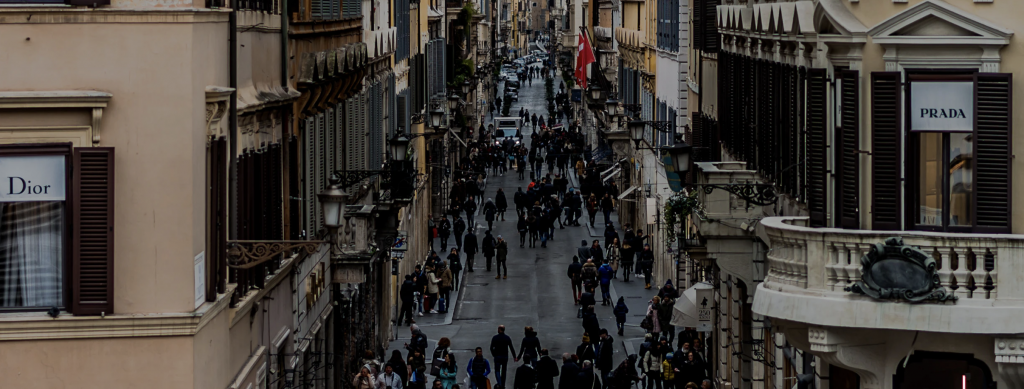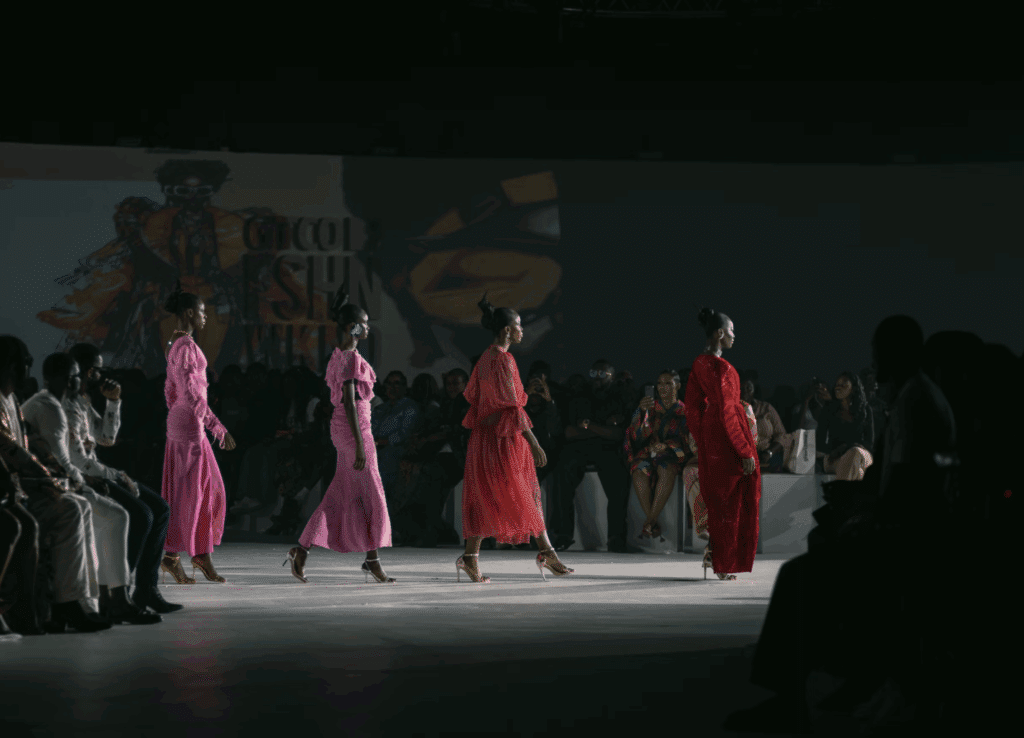The unauthorized sale of genuine products can cause real damage for luxury brands, both in terms of serious and lasting reputational damage, and loss of profits. But all is not lost; here we take a high level look at some of the avenues brand owners have in the European Union (“EU”) for challenging unauthorized sales, and what to consider about when approaching this issue.
A common theme among luxury brand owners is the desire to minimize the harm caused by the unauthorized sale of both authentic and infringing/counterfeit goods. This includes taking action as quickly and efficiently as possible, while also balancing the cost of initiating such a battle with the potential damages recovery and the prospective deterrent effect that will come from such action.
The unauthorized sale of goods raises multiple legal issues and we view the different legal rights and causes of action as an armory from which different rights can be deployed depending on the circumstances of each case and the legal climate in the jurisdiction.
Gray Market Goods
Where the goods are imported from outside the European Economic Area (“EEA”) – in other words, from locations aside from the member states of either the EU or the European Free Trade Association, and thus, amount to gray market goods – we would look to trademark rights as the first option.
This is because when goods have not been authorized for sale in the EEA by the brand owner, the brand owner will still have a cause of action – in accordance with trademark law – as their rights will not be deemed to be ‘exhausted.’ In short: The goods are deemed to be unauthorized and as a result, will be considered to infringe the brand owner’s trademarks. This is relatively straightforward provided that the brand owner is confident that the goods have not been explicitly or implicitly authorized for sale in the EEA.
Copad SA v. Christian Dior Couture SA
However, even if the goods have been authorized for sale in the EEA, all is not lost: The brand owner can still object to unauthorized sales if the goods are being sold in a way that damages its reputation under principles set out in Copad SA v. Christian Dior Couture SA, Vincent Gladel, as liquidator of Société industrielle lingerie.
In that case, Dior argued that one of its licensees sold its luxury lingerie to a discount store in breach of the terms of its license (which prohibited licensees from selling Dior goods to “wholesalers, buyers’ collectives, discount stores, mail order companies, door-to-door sales companies or companies selling within private houses without prior written agreement”).
As a result, Dior argued that the sale constituted not only a breach of contract, but also an infringement of its trademark. In a landmark ruling, the European Court of Justice sided with Dior, ruling that a trademark holder may limit the kind of customers to whom their licensees can sell where this would damage the reputation of the trademark.
A particularly noteworthy excerpt from the court’s decision states: The selective distribution system here, which seeks to ensure that the goods are displayed, positioned, advertised and packaged in a way that enhances their value, is significant in sustaining the aura of luxury surrounding the goods. It is therefore conceivable that the sale of these goods outside of the permitted network could affect the quality of the goods so that a contractual provision barring such sale falls within the scope of the Directive.
This is a particularly important point for luxury brands, as often the unauthorized sale of their goods are done so in outlets that do not match the brand’s reputation and the products are sold amongst low quality or even counterfeit products, which could serve to further diminish the aura of luxury associated with the brand.
An approach that cites unauthorized distribution will be strongest where the brand strictly manages its distribution system and has legally compliant qualitative criteria for its authorized retailers. Where an unauthorized distributor sells in circumstances that clearly do not meet these criteria, and thereby stands to subject the brand to reputation damage, there should be a good cause of action (though it is worth noting that the courts in France have held that the mere existence of a selective distribution network does not mean that sales outside of that network are automatically damaging).
Even if these circumstances are not established, the luxury brand owner may still be able to assert that the unauthorized distributor is giving the impression that it is commercially connected to the luxury brand when it is not, which may also constitute a legitimate reason to oppose further sales of the goods on trademark grounds, or may give rise to claims of passing off or unfair competition in certain jurisdictions.
It is also worth considering each link in the supply chain up until the point at which the goods are being sold. If it is possible to determine that the entity that sold outside of a brand’s authorized distribution system – and thereby in breach of its contract – was the entity who was responsible for placing the goods on the market in the EEA, then there may be grounds for the brand owner to claim that the goods have not been put on the market with its consent. This would give the brand owner grounds for claiming trademark infringement.
This will, of course, depend on the intricacies of the specific supply chain, including when economic value for the goods has been realized by the brand owner, and whether the terms in the contract that were breached are terms that specifically spoke to the quality of the goods.
Lastly from the intellectual property (“IP”) side, there may be ancillary claims around use of copyright-protected works and trademarks by unauthorized sellers. Whilst sellers of genuine goods will generally be entitled to use the brand owner’s trademarks to denote the origin of the goods, there may be arguments around specific prominent use of logos (where such use goes beyond honest and commercial practices), as well as copyright-based claims in connection with the use of copyright images without consent.
These actions may not address the underlying sale of goods, but they will help to minimize damage and confusion that may be suffered by the brand in connection therewith.
Non-IP Claims
If IP rights do not apply, there may also be grounds in tort law to address the sale of unauthorized goods. These laws are not harmonized in the EU and so, they will differ depending on the jurisdiction.
France, for instance, stands out in this regard with its extremely useful Commercial Code provisions which protect selective and exclusive distribution networks and provide brand owners with a cause of action against direct or indirect breaches of their distribution network. There has been great success using these provisions in the French courts where the Courts have found unauthorized resellers liable even where they bought products at a judicial sale of a bankrupt authorized distributor.
This position is not as easy in most other EU jurisdictions, but there will generally be one or more tort laws which may apply, including inducing breach of contract and/or profiting from breach of contract. Depending on the circumstances, such claims may be brought by the brand owners or their authorized resellers who are suffering loss.
The general takeaway here is this: If you are suffering from unauthorized sales, do not lose heart. There are many ways in which to approach the issue of unauthorized sales in the EU, particularly for luxury brands for whom reputation is so vital. The key is understanding the local and EU-wide picture and deploying the actions best suited to the case.
* This article – which contains additions/elaborations from TFL – is courtesy of Baker McKenzie, a multinational law firm based in Chicago.














